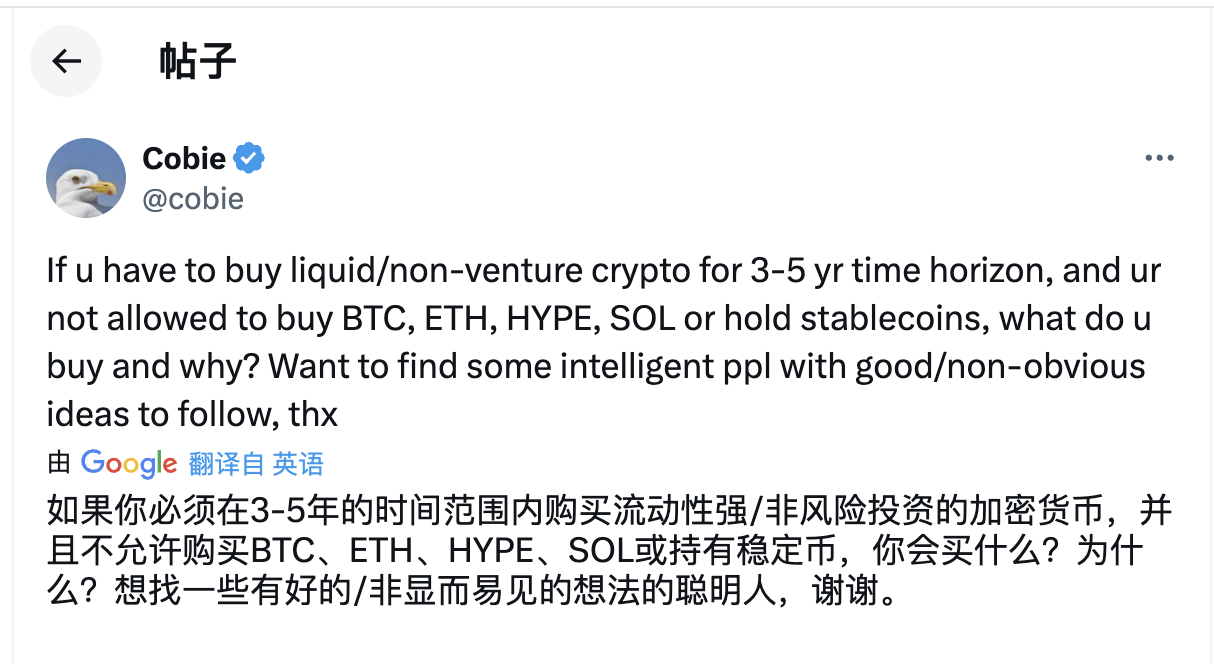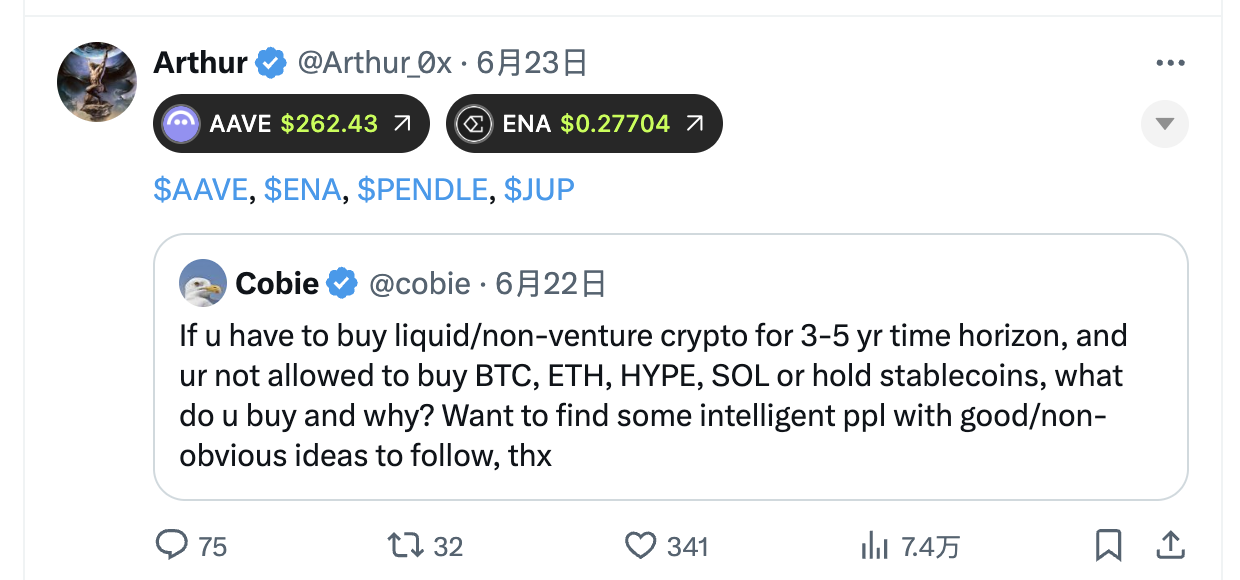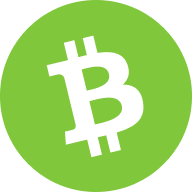UNUS SED LEO was introduced as a token by Bitfinex in May 2019 to tackle financial challenges and generate funds for their ecosystem.
The ecosystem's token sale achieved remarkable success, raising around $1 billion and standing out as a significant Initial Exchange Offering (IEO). The Latin phrase "Unus Sed Leo," meaning "One But Lion," serves as the motto of Bitfinex.
What is UNUS SED LEO?
UNUS SED LEO is a utility token developed by iFinex, the parent company of Bitfinex, and is associated with the Bitfinex cryptocurrency exchange. It is a cryptocurrency token within the Bitfinex ecosystem, providing various utility functions.
The UNUS SED LEO team
The UNUS SED LEO team consists of highly experienced individuals who oversee the project development at Bitfinex. Key members include JL van der Velde as the Chief Executive Officer (CEO), Giancarlo Devasini as the Chief Financial Officer (CFO), Claudia Lagorio as the Chief Operations Officer (COO), Paolo Ardoino as the Chief Technology Officer (CTO), Peter Warrack as the Chief Compliance Officer (CCO), and Stuart Hoegner as the General Counsel. They hold crucial roles in operations, financial management, technology development, compliance, and legal matters within the Bitfinex ecosystem.
How does LEO work?
LEO functions as a versatile utility token within the Bitfinex ecosystem. Its primary purpose is to serve as a payment method for trading fees on the Bitfinex platform. Users can conveniently settle transaction costs using LEO tokens, streamlining the fee payment process.
LEO tokens also grant users access to Initial Exchange Offerings (IEOs), providing opportunities for new and exciting investments. Holders of LEO tokens enjoy exclusive features that enhance their overall trading experience on the platform.
Furthermore, LEO offers the benefit of discounted fees, allowing users to enjoy reduced transaction costs during their trading activities on the Bitfinex platform.
UNUS SED LEO native token — LEO
The LEO token is exclusive to Bitfinex, offering holders various services such as fee discounts for intra-chain activities, reduced lending fees, improved withdrawal and deposit privileges, and access to exclusive features.
LEO tokenomics
The LEO token has a total supply volume of 985,239,504 tokens, with a current circulating supply of 930,059,719.9 tokens.
An interesting aspect of its design is the monthly buyback mechanism implemented by iFinex and its affiliates. The company is committed to repurchasing LEO tokens from the market, equivalent to at least 27 percent of iFinex's consolidated gross revenues from the previous month.
This buyback process will continue indefinitely until all commercially available tokens are taken out of circulation. This unique feature helps ensure liquidity and potentially reduces the available supply of LEO tokens over time.
LEO use cases
LEO use cases LEO tokens on Bitfinex provide a variety of benefits. Holders of the token enjoy discounts on trading fees, and the regular token burns contribute to reducing the token supply, potentially increasing its value. LEO holders also gain exclusive access to Bitfinex, including unique features and products.
Additionally, the token can be used as collateral for obtaining crypto loans and engaging in enhanced derivatives trading, enabling users to leverage their holdings and expand their trading capabilities.
LEO distribution
According to the whitepaper, Bitfinex, the issuer, intends to release a maximum of 1 billion tokens. The tokens will be distributed through a private offering conducted without general solicitation or advertising. The issuance of the remaining tokens will be determined by the issuer at its sole discretion regarding the manner and timing of distribution.
How to stake LEO
LEO tokens are converted into LEO POWER on the Hive blockchain when staked and this provides the protocol users with instant rewards. By staking LEO as LEO POWER, you unlock access to rewards that are paid out in liquid LEO, which are then added to your LEO POWER balance. This means that you can start earning rewards right away by simply staking your LEO tokens. Staking LEO as LEO POWER provides a seamless way to grow your holdings and maximize your earning potential within the LEO ecosystem.
What is the future of LEO?
The future of LEO holds promise in optimizing trading processes within the iFinex ecosystem. LEO token holders can anticipate advantages such as reduced taker and lending fees when engaging with iFinex's trading platforms, products, and services.
By deducting up to 25 percent of trading fees in LEO tokens for eligible traders, there is a potential for greater adoption and value appreciation. This entices traders to optimize costs and enhance their overall trading experiences.




























